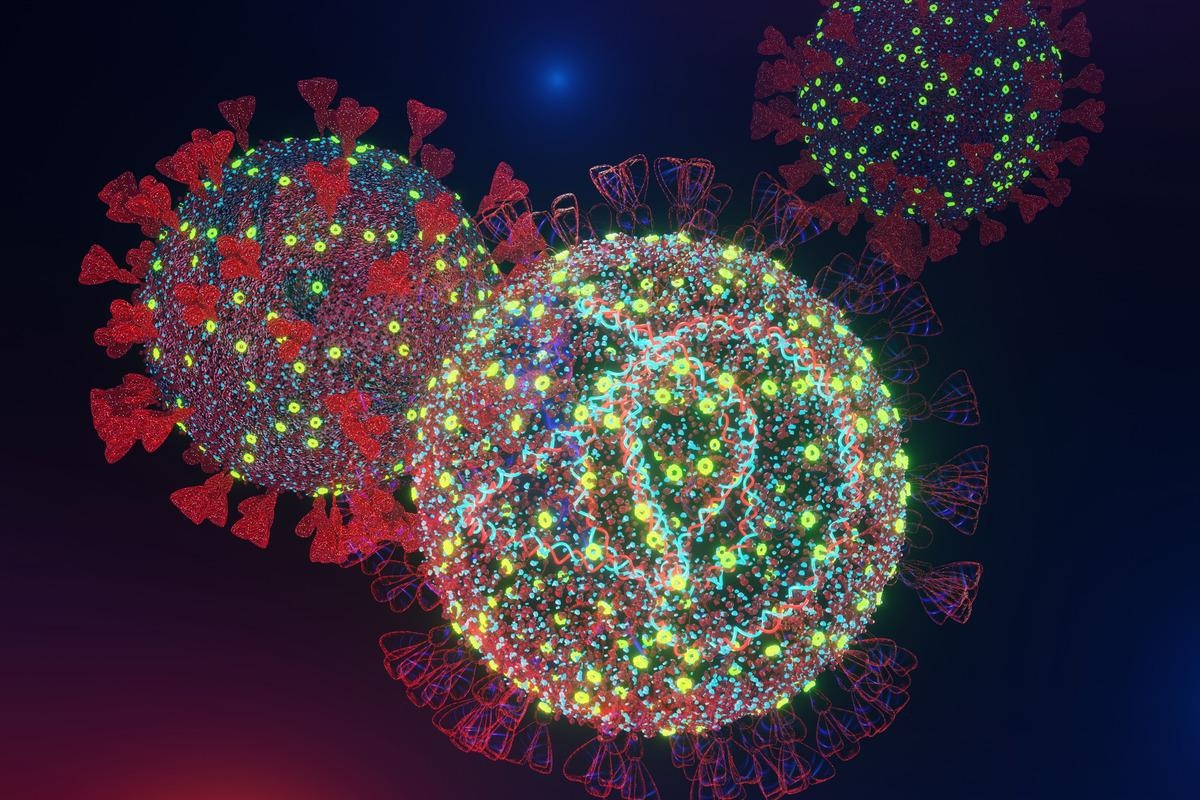Both natural infection with the severe acute respiratory syndrome coronavirus 2 (SARS-CoV-2) and immunization against this virus can generate SARS-CoV-2-specific neutralizing antibodies and T-cells. However, the level of immunity provided by these methods is challenged by the evolution of SARS-CoV-2, which has led to the emergence of new genetic variants like the Omicron variant.

Study: Identification of Potential SARS-CoV-2 CD8+ T Cell Escape Mutants. Image Credit: atdigit / Shutterstock.com
Background
Several studies have indicated that SARS-CoV-2-specific T-cell responses are quite robust to the mutations that are observed in currently identified variants of concern (VOCs). However, the loss of CD8+ T-cell responses has been reported in a small fraction of recovered and vaccinated individuals against the SARS-CoV-2 Omicron variant.
Additionally, mutations in certain specific CD8+ T-cell epitopes have resulted in weakened T-cell responses in some individuals. Thus, these studies indicate some capacity for SARS-CoV-2 variants to escape T-cell responses.
Mutations resulting in T-cell escape can compromise the protection provided by both vaccinations, as well as infection-induced immunity, against severe infections. However, the degree to which SARS-CoV-2 can evade the CD8+ T-cell responses is not yet understood.
A new Vaccines journal study aimed to identify and screen the mutations observed in SARS-CoV-2 that help to facilitate CD8+ T-cell escape.
About the study
The current study involved the acquisition of 753 distinct human leukocyte antigen (HLA)-specific CD8+ T-cell epitopes and SARS-CoV-2 sequence data. Thereafter, an epitope mutant was defined from the processed sequence data. A peptide–HLA binding prediction method was used to determine if any identified epitope mutant impacted the binding of the associated epitope with its specific HLA allele.
Study findings
Over 35,000 epitope mutants across proteins and 20 immunoprevalent SARS-CoV-2 CD8+ T-cell epitopes were conserved and did not comprise any mutation specific to VOCs that have emerged to date. The number of epitope mutants was reduced to 914 according to the immunoprevalent epitope set.
These immunoprevalent epitopes were found not to have an impact on HLA binding, with very few that increased binding. However, about 20% of the epitope mutants were found to decrease HLA binding.
Among the 166 identified epitope mutants, 83 were observed five times or more within the global SARS-CoV-2 sequence data. Out of these, about 50% were associated with HLA-A*02:01, which is the most prevalent HLA allele globally.
Out of the 83 epitope mutants, 16 were derived from the spike (S) protein and included a notable immunoprevalent epitope of YLQPRTFLL. The remaining epitope mutants were derived from other SARS-CoV-2 proteins and are of interest for T-cell responses.
Conclusions
The current study identified 83 SARS-CoV-2 mutations that lie within the CD8+ T-cell epitopes and can result in escape from T-cell response. These mutations are considered problematic, as they could affect vaccine- and infection-induced T-cell immunity in a large population. Immediate experimental investigations must be carried out on these epitopes to prevent escape from T-cell response.
Journal reference:
- Ahmed, S. F., Sohail, M. S., Quadeer, A. A., & McKay, M. R. (2022). Identification of Potential SARS-CoV-2 CD8+ T Cell Escape Mutants. Vaccines. doi:10.3390/vaccines10040542.